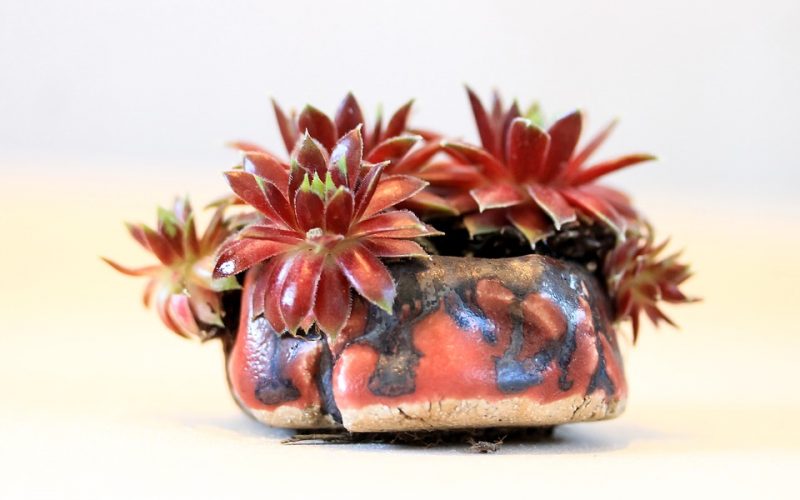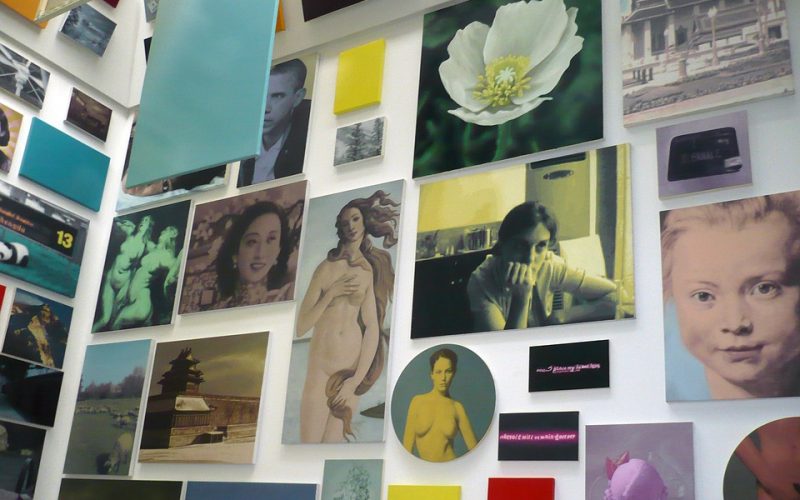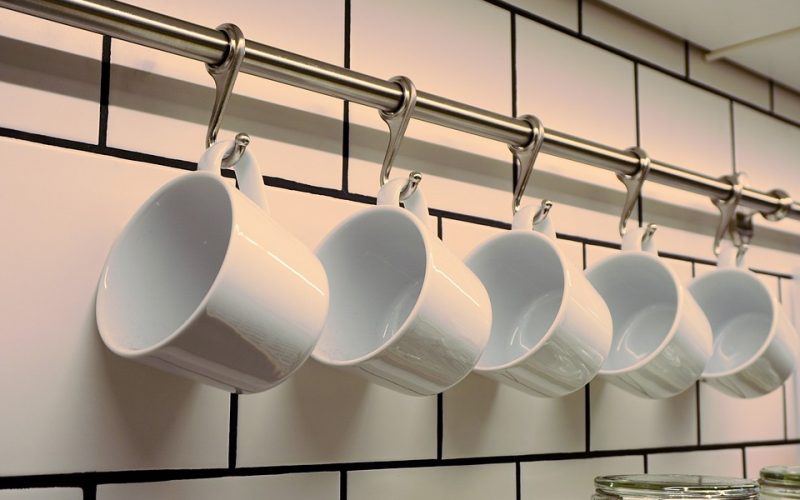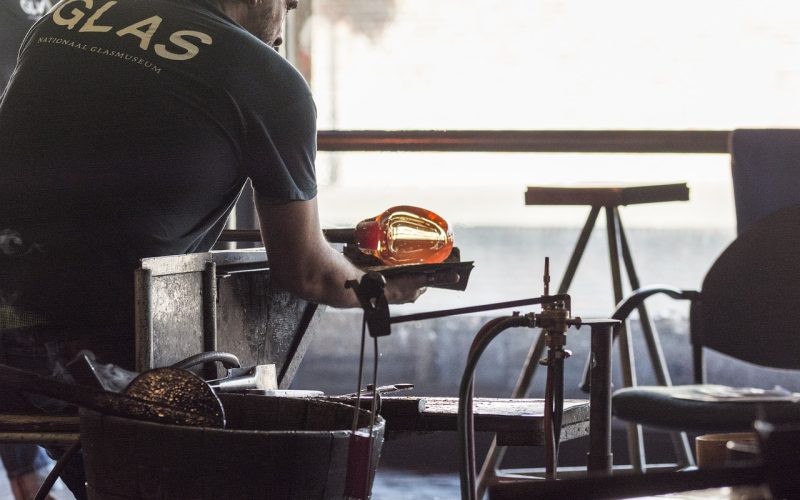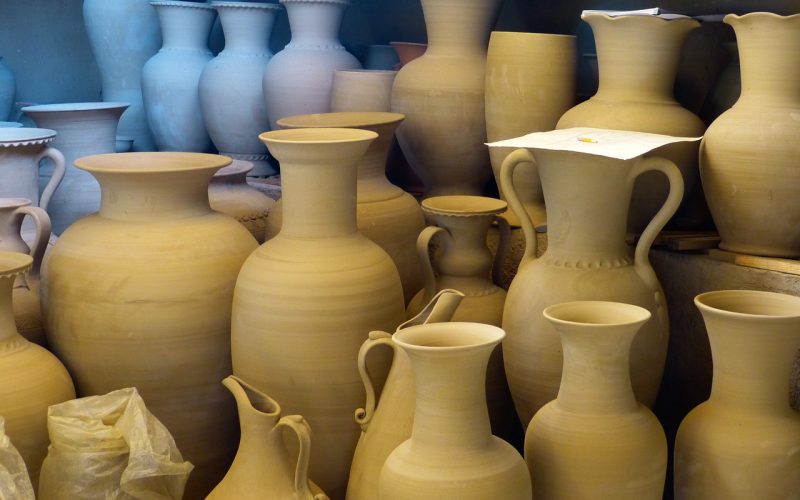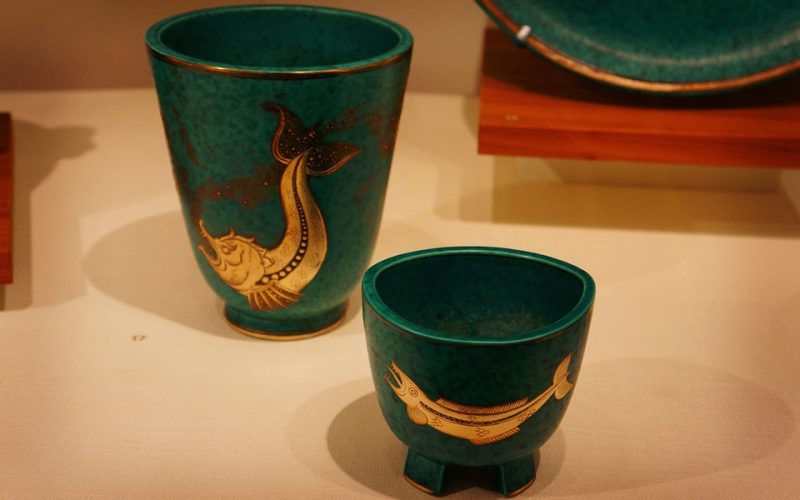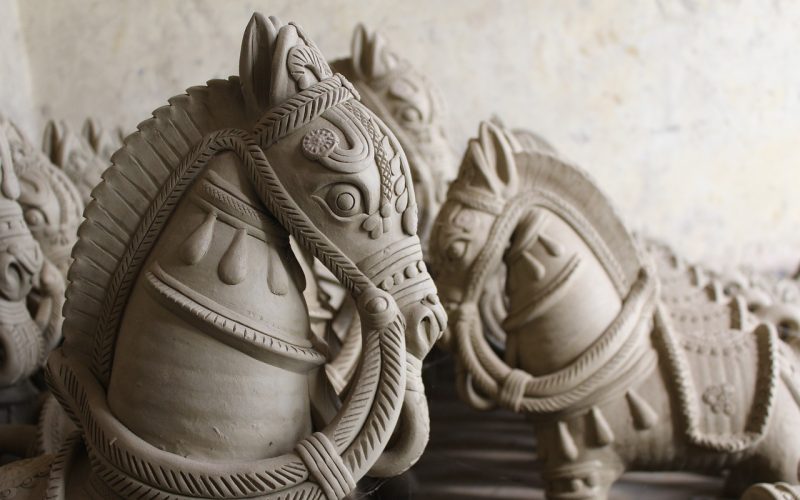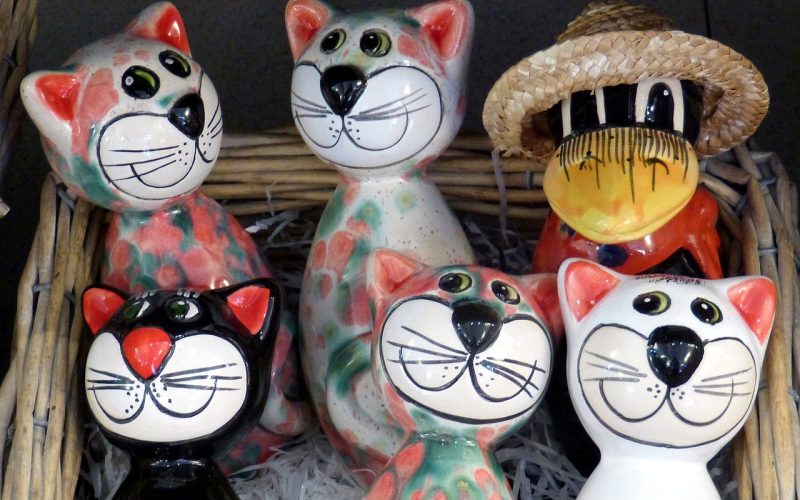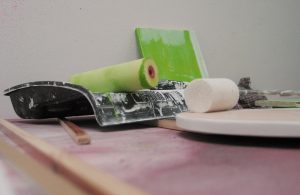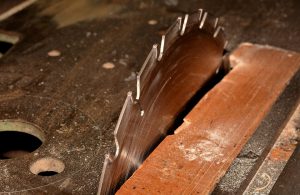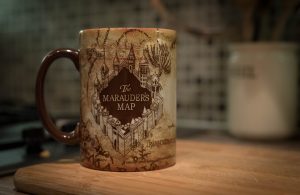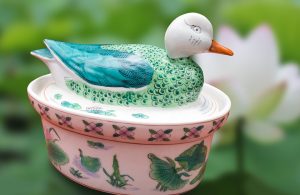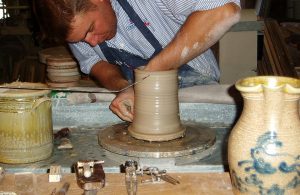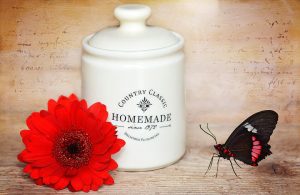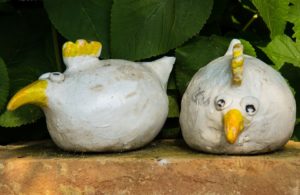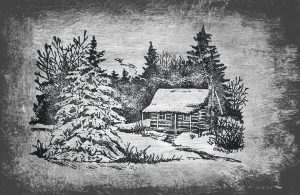Pottery pieces are made many different ways. Some are thrown on a pottery wheel. Others are hand rolled or pinched into shape. Some potters use sculpting tools on a block of clay to create their pieces. No matter the way the original form was created, the next step is firing the pottery. This is done at high temperature in a ceramics kiln. Once the piece is baked, it is allowed to cool slowly and is then ready to be painted.
Painting a pottery piece is one step in creating a finished product. Once paint is dried, a glaze layer is generally added. The piece is then fired in a kiln to melt the glaze onto the piece. This creates a strong finish that will protect the painted section from wear and chipping. Melting glaze is a high temperature process, and the paint must be formulated to stand the extreme heat of the kiln. Not all paints will stand up to the heat, so it is important to make sure to only use pottery paints.
Paint does not need to be applied to every part of a pottery piece. Some artists prefer to let the original colored pottery show through a pattern. Other artists like to paint multiple layers on their pieces. Some patterns are simple, and other patterns a very complex. There are many ways to produce these layers and patterns. The use of a resistor is a convenient way for an artist to separate painted patterns in different colors. Resistors are made of wax or latex. If they are wax, they can be left on the piece and the kiln will burn off the wax. Latex products must be peeled once the paint is dried but before kiln firing. The latex will damage the kiln and other pieces in it if left on a piece.
Painting a pottery piece can be a simple or complex process. It mainly depends upon the finished product and the abilities of the artist. It is best to start with simple designs and patterns during the learning process. Once the basics have been mastered, using resistors for alternative painting techniques is an advanced way to create very complex painted pottery designs.
